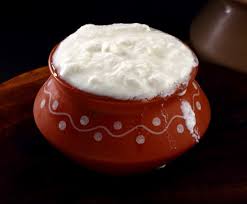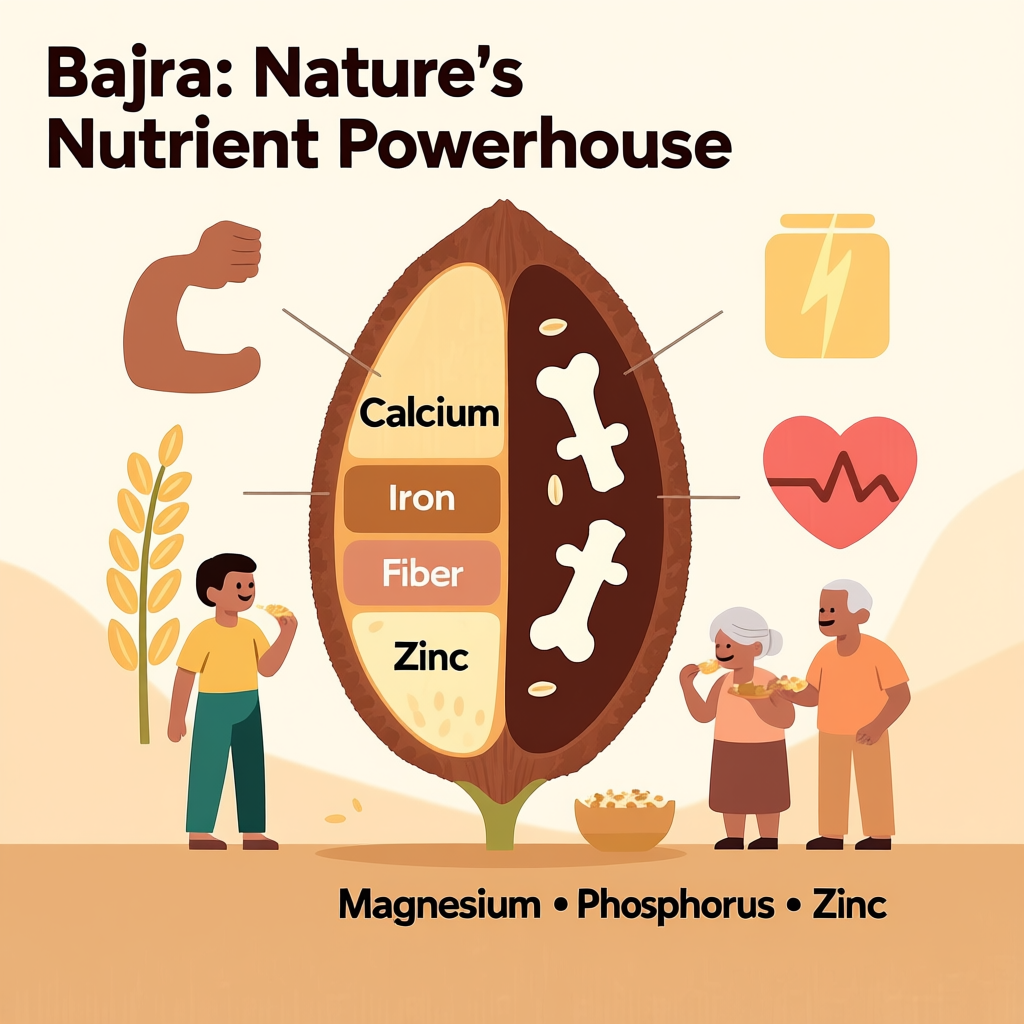Curd (Dahi) in Ayurveda
Curd, known as Dahi in Sanskrit and Hindi, holds a significant place in Ayurveda as a pathya (wholesome) food when consumed correctly. It is considered a guru (heavy), snigdha (unctuous), ushna veerya (heating in potency), and madhura vipaka (sweet post-digestive effect). While it offers numerous health benefits, improper use can lead to imbalances, especially in Kapha and Pitta doshas.
Curd is a fermented dairy product made by curdling milk with bacterial cultures. Ayurveda recognizes it as a powerful food that can nourish tissues (dhatus), enhance digestion (agni), and support immunity (ojas), but only when used with proper knowledge.
“Dahyate anena iti dahi” – That which causes a burning sensation or fermentation is called Dahi.
When consumed correctly, curd offers the following benefits:
- Improves Digestion
- Enhances agni (digestive fire) when taken with proper accompaniments.
- Helps in mild constipation due to its lubricating and unctuous nature.
- Boosts Immunity (Ojas)
- Rich in probiotics and nourishing for Rasa and Rakta dhatu (plasma and blood).
- Increases strength (bala) and longevity when consumed properly.
- Nourishes Body Tissues (Dhatu Poshak)
- Supports Shukra dhatu (reproductive tissue) and improves vitality.
- Good for Weak Individuals & Convalescents
- Easily digestible form of milk; recommended for those recovering from illness.
- Supports Mental Health
- Calms Vata when taken with sugar or ghee; promotes sattva (mental clarity).
- Aids in Weight Gain (Healthy)
- Due to its guru (heavy) and snigdha (oily) nature, it helps in bruhana karma (nourishing therapy).
- Improves Skin Health
- When applied externally or consumed properly, it helps in glowing skin.
Despite its benefits, curd can be harmful if not used wisely:
- Increases Ama (Toxins): Improper digestion leads to ama (undigested food toxins).
- Aggravates Kapha & Pitta: Especially when consumed at night or with incompatible foods.
- Causes Skin Diseases: Due to ama formation and Pitta imbalance.
- Leads to Digestive Issues: Bloating, indigestion, acidity.
- Triggers Allergies & Inflammation: Especially in people with weak agni.
Ayurveda prescribes strict guidelines for curd consumption to avoid side effects. These are derived from classical texts like Charaka Samhita, Sushruta Samhita, and Ashtanga Hridaya.
What to Add to Curd (Anupana – Best Combinations)
- Vata: Curd + sugar + ghee
- Pitta: Curd + honey + small ghee (avoid salt)
- Kapha: Curd + black pepper + cumin + ginger (only in day, never at night)
Ayurveda strictly prohibits the following combinations:
- Best Time: Midday (12 PM – 2 PM)
- Agni (digestive fire) is strongest, so curd is digested properly.
- Helps balance Vata and Kapha.
- Avoid: Night Time (After Sunset)
- Curd increases Kapha and Pitta at night.
- Can cause mucus, indigestion, and disturbed sleep.
- Avoid: Early Morning on Empty Stomach
- Especially in Pitta and Kapha individuals.
- May increase acidity and ama.
- Use Fresh, Homemade Curd
- Prefer curd made from cow’s milk.
- Avoid packaged or old curd.
- Remove Excess Water (Whey)
- Strain curd (chhach or mattha can be consumed separately).
- Reduces Kapha-increasing properties.
- Use Aged Curd (Yogurt that is 12–24 hours old)
- Fresh curd is more Pitta-aggravating; slightly aged curd is better.
- Avoid Cold Curd from Fridge
- Always bring to room temperature before eating.
- Cold curd aggravates Vata and weakens agni.
- Add Digestive Spices
- Mix with roasted cumin, black pepper, or dry ginger powder.
If curd is contraindicated, these are safer alternatives:
- Buttermilk (Takra)
- Best for Kapha, improves digestion.
- Made by churning curd with water and spices.
- Lassi (Sweet or Salted)
- Diluted curd drink with water, spices, or fruit (except sour).
- Coconut Yogurt (for Pitta/Kapha)
- Plant-based alternative, cooling.
- Ghee (for nourishment)
- Replaces curd’s snigdha quality without heaviness.
- Probiotics: Curd contains Lactobacillus, which supports gut health.
- Calcium & Protein: Essential for bones and muscles.
- Lactose: Fermentation reduces lactose, making it easier to digest than milk.
- Caution: High-fat curd may increase cholesterol; opt for low-fat or skimmed if needed.
Ayurvedic Guidelines for Curd
Curd is a Rasayana (rejuvenative) when used correctly, but a Vishya (toxic) when misused. Always consider your prakriti (body type), agni (digestive strength), season, and time of day before consuming.





